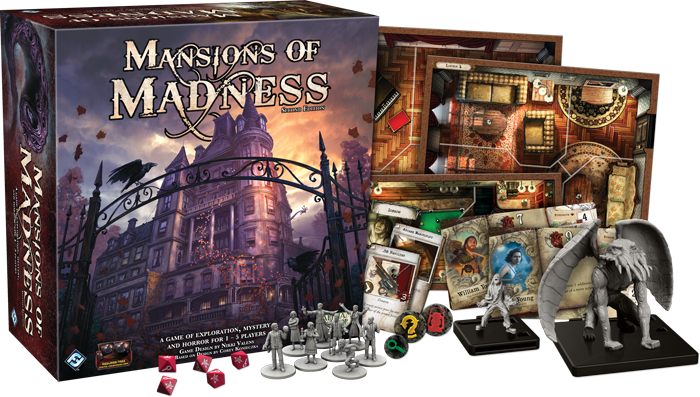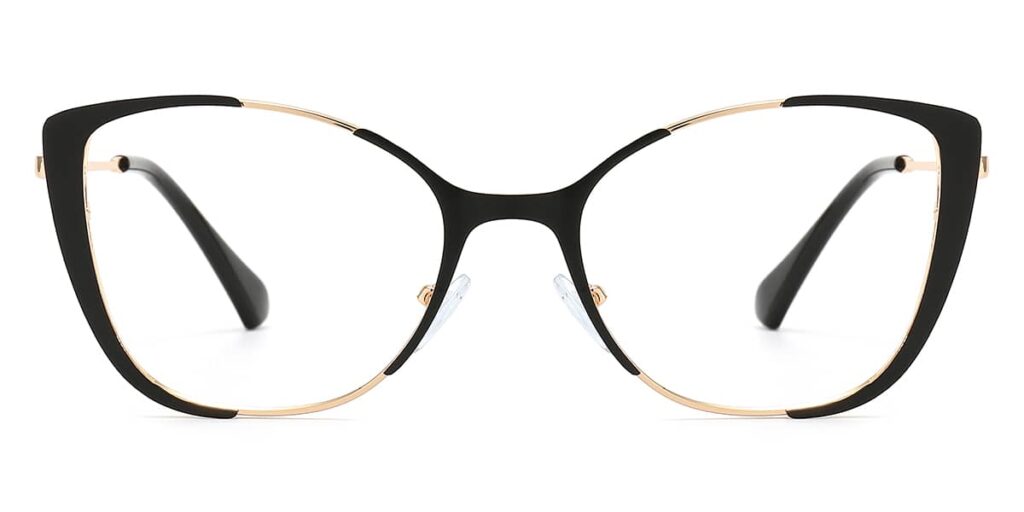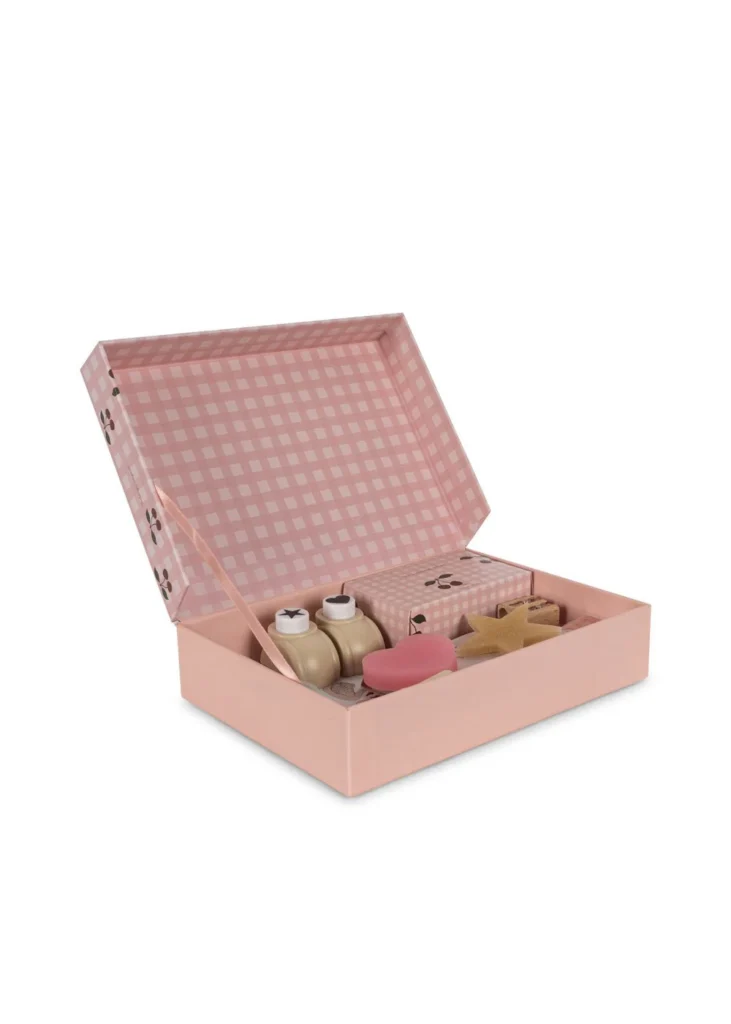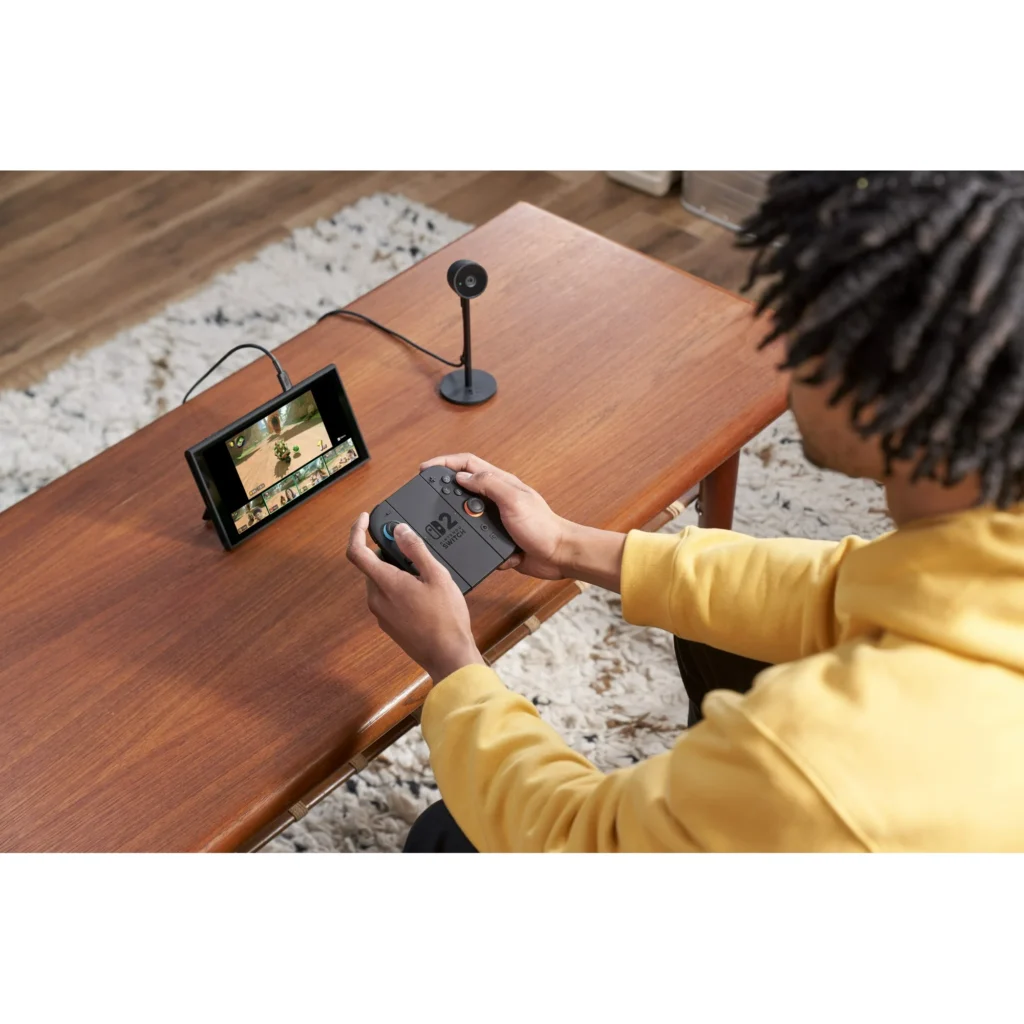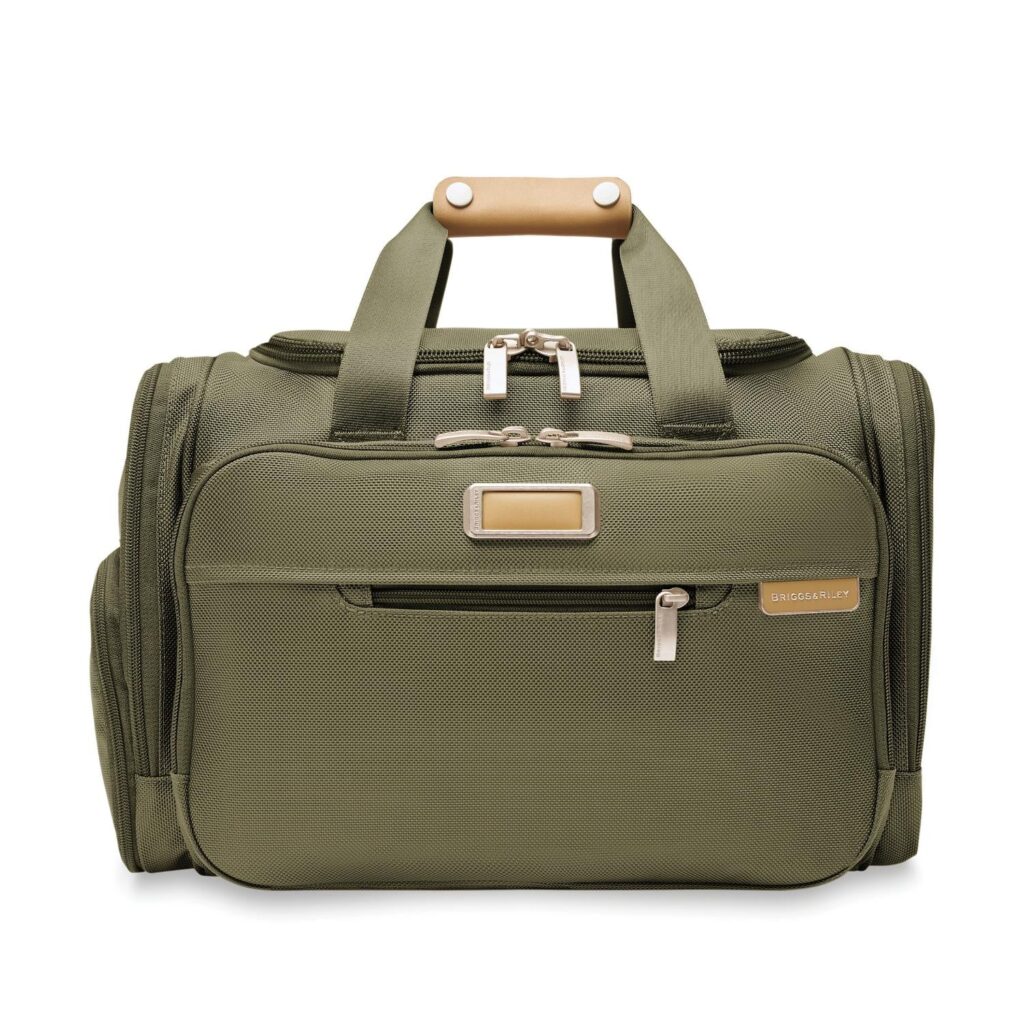A great kids’ item does two jobs at once: it sparks play and calms the room. The KIDODIDO Climbing Arch Rocker with its sculptural curves—and the cloud-soft Origami Pillow—does exactly that. One side invites climbing and balance practice; flip it and you’ve got a soothing rocker for sensory breaks and story time. The pillow fills the curve like a hug, so even hesitant toddlers feel safe trying “one more wiggle.” This is how you turn everyday floor time into a rhythm of movement, rest, imagination, repeat.
Shop the KIDODIDO Climbing Arch Rocker + Origami Pillow
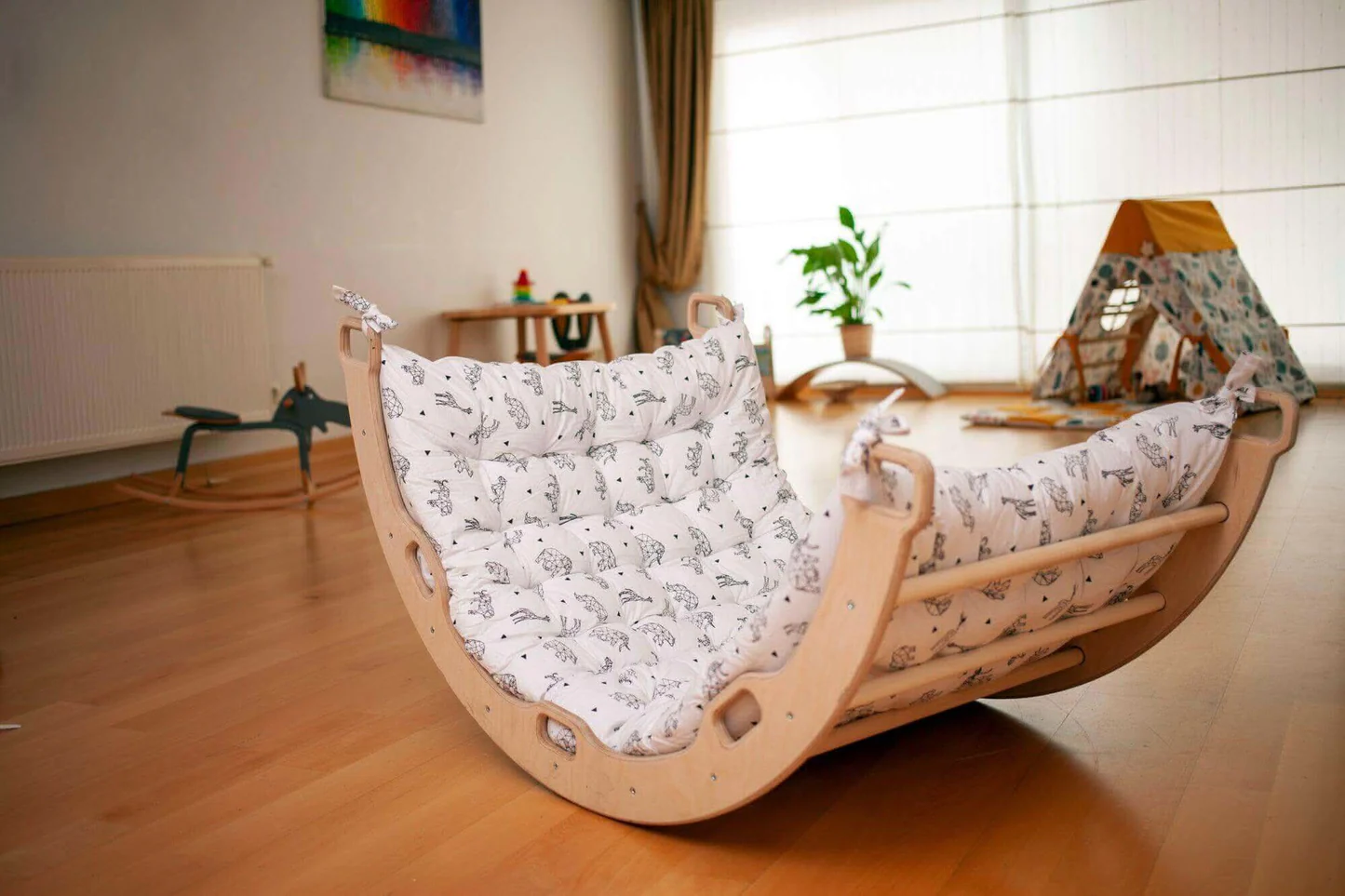
Why this duo earns a permanent spot in your living room
The arch shape is toddler logic made physical: low height for confidence, obvious handholds for planning next steps, and a gentle curve that rewards small risks with big pride. Turn it over and the same curve becomes a rocker that regulates busy bodies—exactly what you want before naps, after school, or between errands. The Origami Pillow changes the whole sensory story: it softens sound, deepens pressure, and signals “cozy time” without words. You’ll find kids read books longer, build stories richer, and share space more peacefully because the setup makes calm feel like play.
It’s also easy on adult eyes. Neutral wood + a plush cushion = furniture energy, not plastic chaos. Keep it near where you actually hang out—so movement breaks are casual and constant, not a scheduled activity you have to remember.
Set it once, then let it work (placement, flow, vibe)
Park the arch on a rug or foam mat with clear space around the ends. If it lives in the family room, angle it so one side faces the sofa; being “in the mix” invites use. Slide a small basket under the coffee table with two play silks, a couple of plush friends, a short stack of board books, and a soft ball. That’s enough to rotate scenes all week without clutter.
Morning routine? Arch upright for climbing bursts between bites of breakfast. Afternoon? Flip to rocker mode, nest the Origami Pillow, and dim the lights for a downshift. Evenings? Toss a silk over the arch to form a reading nook and let the day exhale.
Play prompts that actually land (fewer props, deeper play)
Climb + Cross
Place three soft objects (a scarf, a small pillow, a stuffed animal) along the arch. Invite your child to “deliver mail” to each stop. You’ll see grip strength, midline crossing, and planning—no printables required. Switch the order next round; novelty fuels focus.
Rock + Read
Flip the arch, add the Origami Pillow, and pick two short books. Slow rocking while you track words with your finger builds language and vestibular calm at the same time. If your kiddo can’t sit long, read lying on their tummy across the pillow—same benefits, more wiggly-friendly.
Bridge + Boats
Lay a silk “river” under the arch, float small cars/boats, and send a plush “ferry captain” across the bridge. Siblings can take turns: one pilots the ferry, one manages traffic below. That’s cooperative play, turn-taking, and a tiny civics lesson disguised as giggles.
Naptime Reset
After big feelings, nest the pillow, dim one lamp, and cue a favorite playlist. Guide a slow count—“1…2…rock”—and breathe with them. The curve + pressure + rhythm combo tells the nervous system “you’re safe.”
Shop the KIDODIDO Climbing Arch Rocker + Origami Pillow
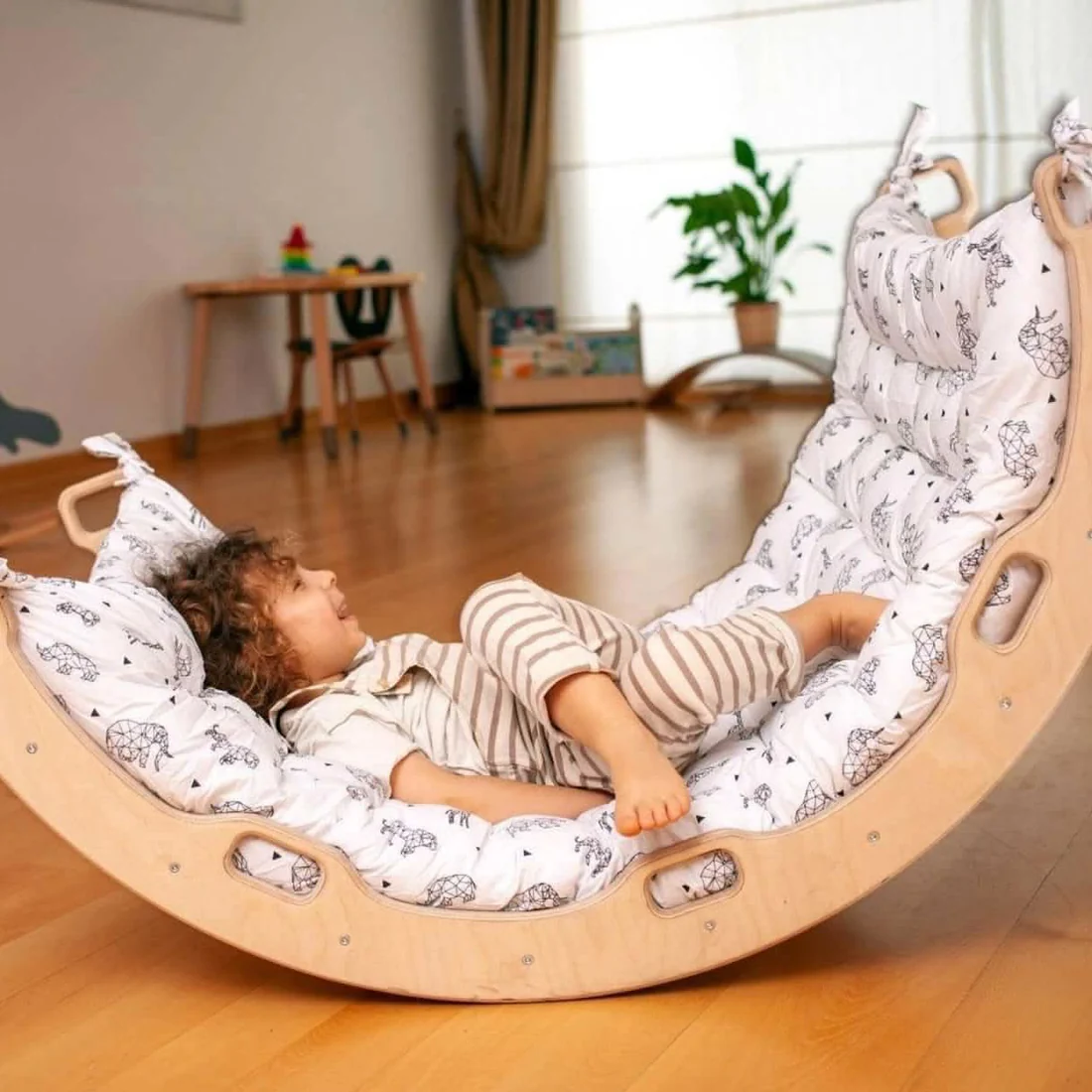
Safety that builds courage (and lowers your stress)
Stay near, not on top. Offer cues like “check with your toes” and “hands first, then feet,” which teach body scanning better than “be careful.” Clear the landing zone and set one simple rule: one climber on the arch at a time; watchers wait at the ends. If socks slip, go barefoot. Do a quick palm sweep for crumbs on the rungs each day—clean grip, safer climbs.
For rocker mode, make sure the ground is level and nothing rigid sits within the arc. If a younger sibling wants in, nestle them in front with your arm around—shared rhythm, shared calm.
Fewer features, more growth (what skills you’ll see)
- Gross motor: Balance, core stability, shoulder strength, and the underrated foot muscles that help with future running and jumping.
- Sensory regulation: Vestibular input from rocking; deep-pressure comfort from the Origami Pillow; a reliable “reset place” kids can seek themselves.
- Executive function: Planning routes, remembering “rules of the bridge,” negotiating turns with siblings—tiny practice reps for big life skills.
- Language & pretend: Every climb becomes a story—rescue mission, mountain hike, pirate ship. Labeling actions (“step, push, reach”) also grows vocabulary effortlessly.
Care that keeps it lovely (and quick)
Wipe the wood with a damp cloth and mild soap; dry immediately. Skip harsh cleaners that can glaze the grain. For the pillow, spot-clean day to day and follow fabric guidance for deeper washes. Rotate the arch 90° every week—new orientation = new curiosity, and you’ll catch any wobbles or loose screws during the flip. Scuffs? Think of them as play patina; if one bugs you, a soft cloth buff usually softens the look.
Shop the KIDODIDO Climbing Arch Rocker + Origami Pillow
Make it look like it belongs (adult-approved styling)
Choose a single palette—oat, sage, denim blue—and keep all play textiles within it. One woven basket for props; one neutral mat under the arch. At pickup time, teach a two-minute reset: silk folded on the rung, books in the basket, pillow nested inside the rocker. Minimal steps = habits that stick.

When they outgrow “little,” the arch still matters
Preschoolers will invent sequences (up-across-down) and timed “missions.” Early elementary kids use the rocker as a reading perch or mindfulness zone. You can even turn the arch into a mini stage with a sheet backdrop and single clamp light for “family theater.” The piece keeps earning its footprint long after baby gear has moved on.
A simple starter plan (so you actually use it daily)
Morning: 5-minute climb circuit while coffee brews.
Afternoon: Rock-and-read with two short books.
Evening: Fort mode + story playlist for wind-down.
Weekend: Bridge-and-boats with sibling roles or a friend visit.
Little rituals, big consistency. That’s how a beautiful object becomes a beloved routine.
Conclusion
Movement is the gateway to mood, focus, and family harmony. The KIDODIDO Climbing Arch Rocker plus Origami Pillow gives you an at-home hub where kids can climb bravely, rock gently, imagine freely—and you can breathe easier because the setup works with, not against, real life. Place it where you live, keep add-ons simple, and let your child lead the story. You’ll get longer independent play, sweeter wind-downs, and a room that looks as calm as it feels.
Shop the KIDODIDO Climbing Arch Rocker + Origami Pillow
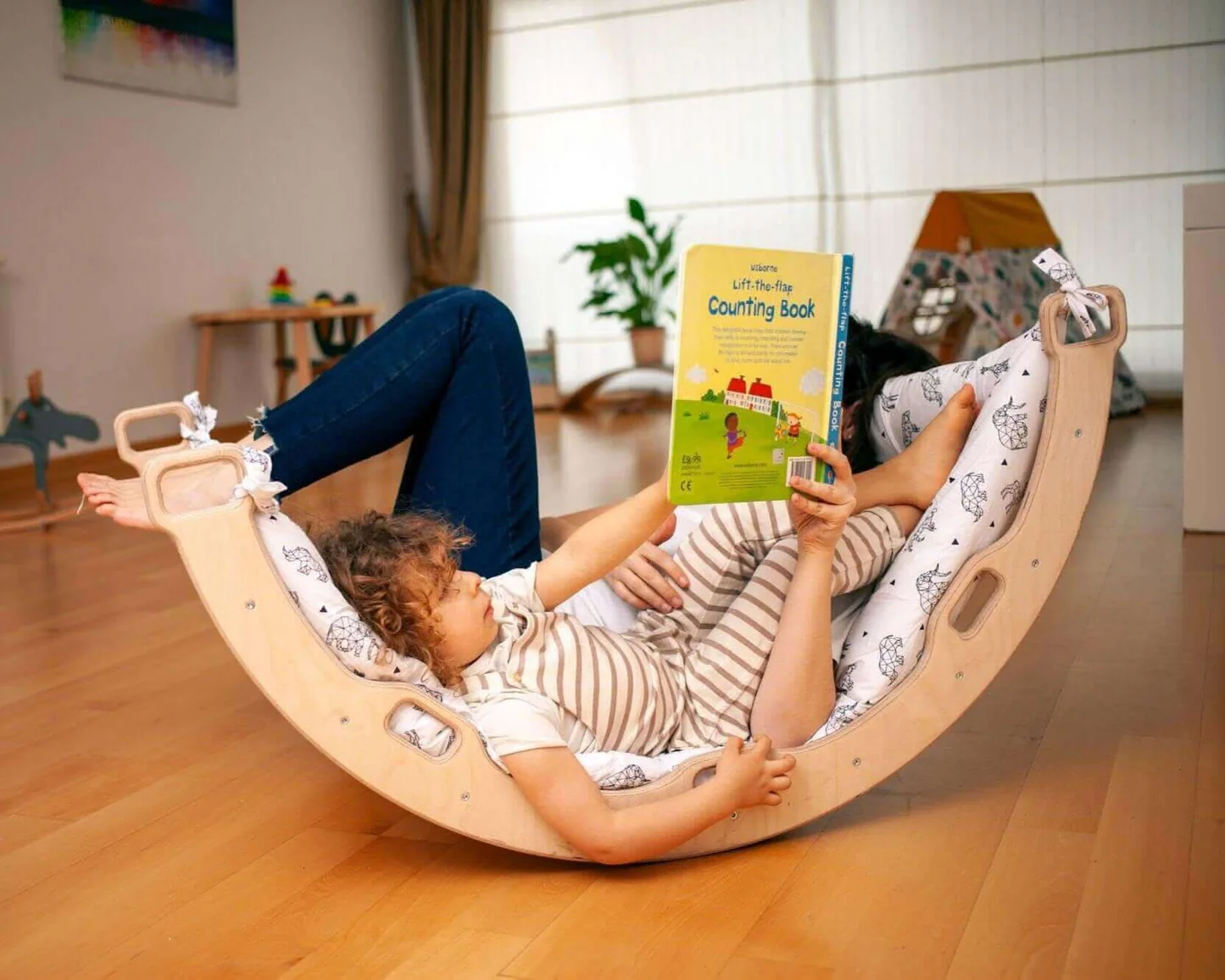
FAQ
- What ages use the arch best?
From confident crawlers through early primary years; increase independence and reduce spotting as skills grow. - How often should I flip between arch and rocker?
Daily is great—climb for energy, rock for regulation. The contrast keeps interest high. - Barefoot or socks?
Barefoot for grip. If socks, pick ones with subtle grips that don’t snag. - Can two kids use it at once?
Yes—with a “one per side” or “one on the arch, one below” rule. Rotate every song or story. - What if my toddler is hesitant?
Start low. Sit on the pillow together, rock, then add one step and celebrate. Confidence before height. - Does it take up too much space?
It replaces multiple toys. Style it with one neutral mat and a small basket so it reads like furniture. - Any quick cleanup hacks?
Keep wipes for the wood and a lint roller for the pillow in the same basket; 60 seconds and you’re reset. - Is the pillow necessary?
The arch works solo for climbing; the Origami Pillow unlocks longer reading, rocking, and sensory calm. - How do I prevent sliding on hardwood?
Use a rug/foam mat and check that the floor is dust-free. Reposition if kids push it during high-energy play. - What’s the easiest daily routine to start?
Coffee-time climb, post-lunch rock-and-read, evening fort. Three touchpoints make it a habit, not a novelty.







